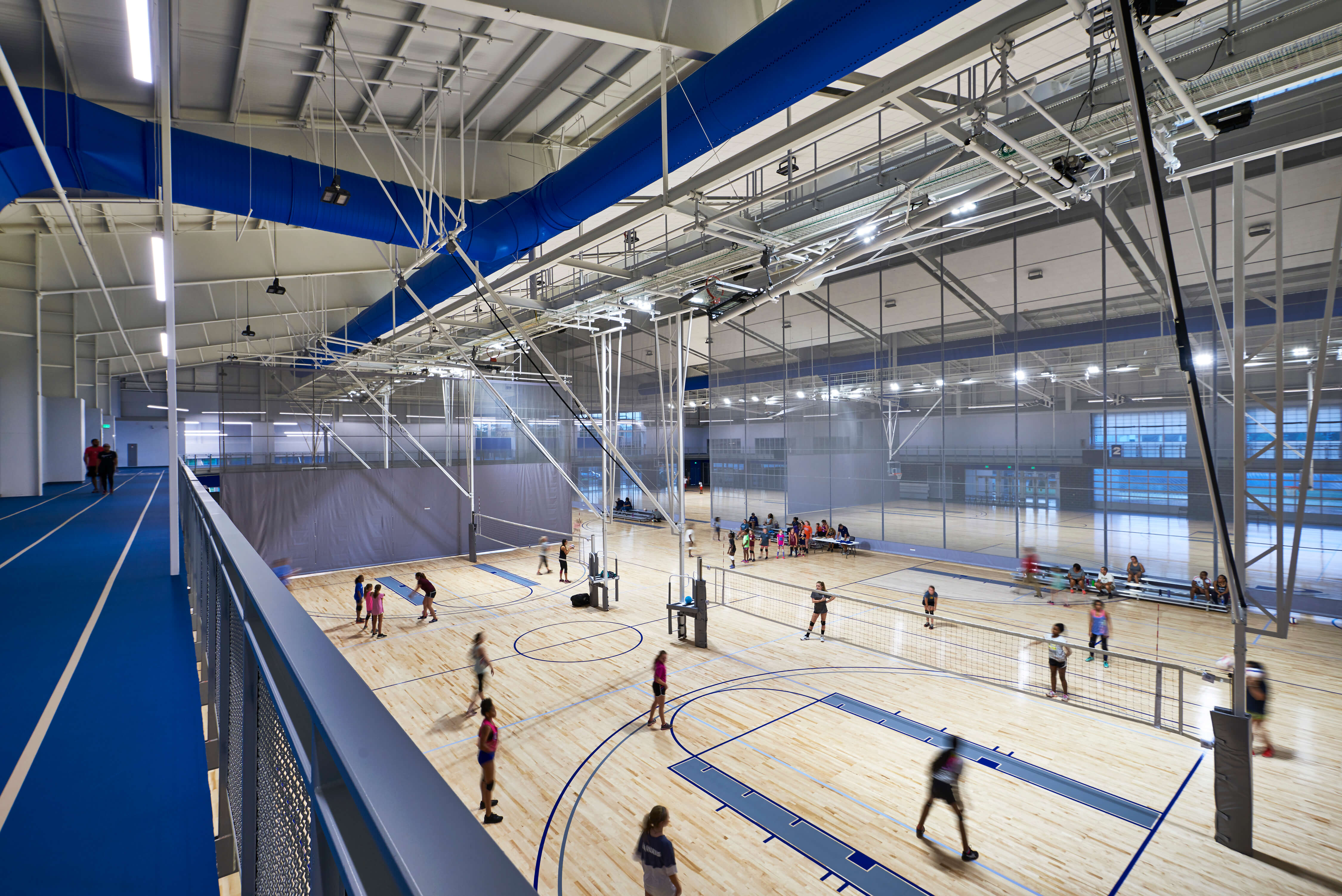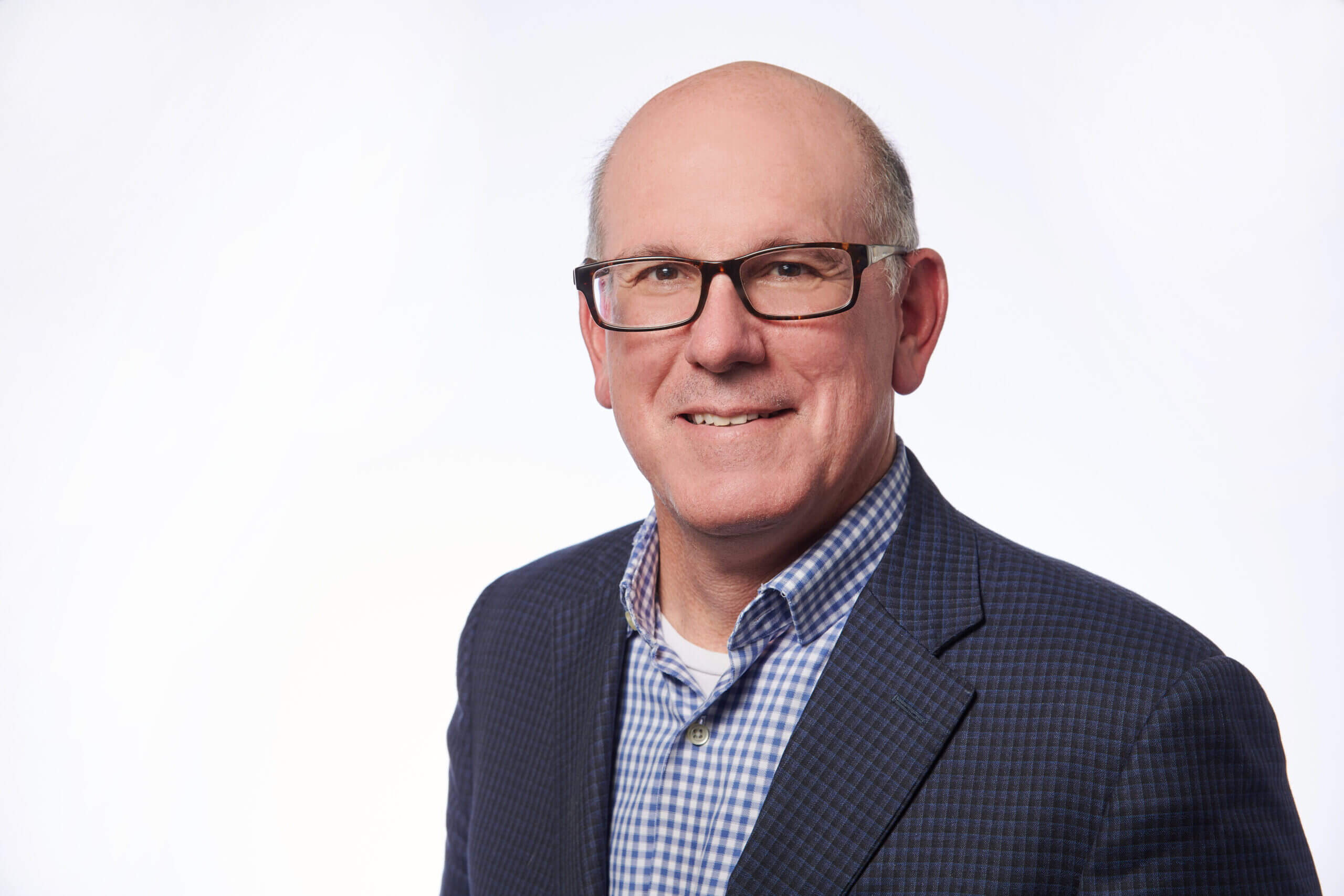Creating a vibrant, bustling community complex
February 3, 2020 · Insights

GMC Vice President of Sports Yann Cowart, AIA, spoke with Parks & Rec Business about the challenges, complex components and solutions for success with activity in communities.
Excerpted from Parks & Rec Business
Communities stake their reputation on the amenities they offer, to both visitors and residents. The more activity creating buzz around a community, the more desirable a place it is in which to live or visit. As a result, municipal leaders look to invest in projects that set their community apart.
A substantial, well-developed community complex offers an enriched diversity of activity—attracting tourists with trade shows and sporting events, as well as drawing local residents with community sports, expos for local businesses, and even private parties.
At the same time, the ability to support a wide range of activity in the same space provides solid, longstanding ROI as well. Here’s how.
Key Challenges
Community buildings often fulfill a variety of regional needs. One of the design challenges is their sheer size. These facilities must be large enough to accommodate trade shows, travel tournaments, sports, and wellness activities, as well hold various conventions that draw large crowds and require an abundance of open space for displays.
In some ways, community centers are replacing indoor malls in their scope of occupancy and the way they promote interaction among members of the community. The more flexible these large, open spaces are, the more a community can leverage their use.
The buildings themselves are not revenue-neutral. While subsidized, they serve a wide clientele and provide a variety of opportunities for area residents. Ensuring that the buildings are capable of operating 365 days a year extends their usefulness, and the more agile the space, the greater the chances of maximizing occupancy.
Components of a Community Complex
While large-scale events attract a crowd, smaller spaces for meetings, breakout sessions, and other small-scale endeavors are also necessary.
Programmatically, communities often underestimate the amount of meeting room space based on the overall size of the building because they don’t want to take square footage away from the large-volume spaces.
One solution to increase the smaller spaces without limiting their use is to design them as “flex spaces,” which can also serve as meeting rooms, registration spaces, control areas, or even locker rooms.
A space with optimal flexibility hosts travel sports for young people and competitive sports for adults and retirees, or adapts to accommodate more novel sporting events.
While community leaders may not have a current need, designing valuable flexibility into a facility requires planning as well as an eye toward industry trends. Certain features extend the use of a community facility and are worth the investment.
For example, installing an AV lighting-control component makes the space usable for concerts, plays, weddings, or dance events; a food-service space equipped to handle more than just concessions is also valuable for banquets.
Likewise, data-connection points and a robust fiber-optic infrastructure, including 5G upgrades, in conjunction with AV controls, can make the space attractive to e-sports events.
Providing efficient, adequate storage space for equipment when not in use ensures the space modifies quickly from one use to another.

Yann Cowart‚ AIA, LEED AP, serves as GMC’s Vice President of Sports. As an architect and former Auburn University football player, he brings a unique perspective to athletic design. This, along with more than 15 years of developing collegiate sports design, has kept him abreast of current trends in a fast-changing design market. Click here to contact Yann for more information about GMC Sports.